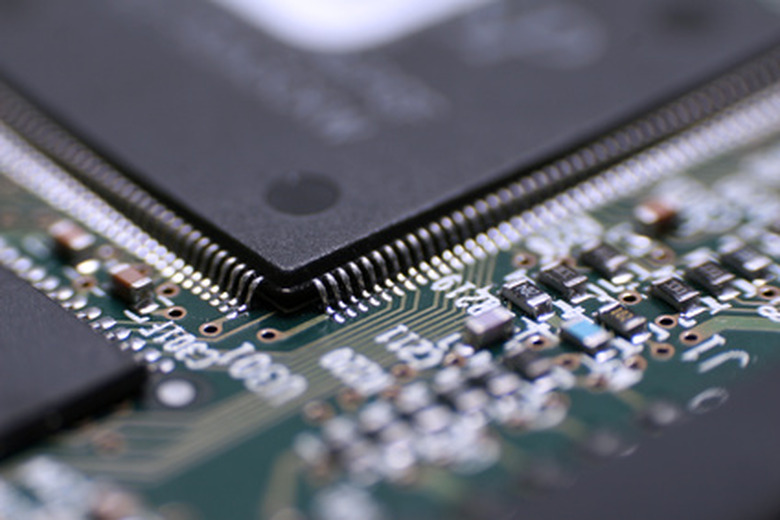Types Of Sensors & Actuators
Sensors and actuators are the unsung heroes of the automobile world. These devices perform most of the maintenance functions for cars including communicating the system's status to the car's on-board computer, monitoring speed, and calculating engine timing. These devices have several types that perform unique functions, with some dependent on crystal vibration while others work with magnetism to correctly calibrate automobile instrumentation.
Resistive Sensors
Resistive sensors, such as the potentiometer, have three terminals: power input, grounding terminal, and variable voltage output. These mechanical devices have varied resistance that can be changed through movable contact with its fixed resistor. Output from the sensor varies depending on whether the movable contact is near the resistor's supple end or ground end. Thermistors are also variable resistors, although the resistance of the sensor varies with temperature.
Voltage-Generating Sensors
Voltage-generating sensors, such as piezo electrics, generate electricity by pressure with types of crystals like quartz. As the crystal flexes or vibrates, AC voltage is produced. Knock sensors utilize this technology by sending a signal to an automobile's on-board computer that engine knock is happening. The signal is generated through crystal vibration within the sensor, which is caused by cylinder block vibration. The computer, in turn, reduces the ignition timing to stop the engine knock.
Switch Sensors
Switch sensors are composed of a set of contacts that open when close to a magnet. A reed switch is a common example of a switch sensor and is most commonly used as a speed or position sensor. As a speed sensor, a magnet is attached to the speedometer cable and spins along with it. Each time one of the magnet's poles passes the reed switch, it opens and then closes. How fast the magnet passes allows the sensor to read the vehicle's speed.
Actuators
An actuator is a mechanical device that sets a system into automatic motion. Stepper motors are digital actuators used in automobiles to allow the on-board computer to set correct idle speed and control the idle air bypass. Solenoids, as with stepper motors, function as digital actuators with one terminal of the solenoid attached to the vehicle's battery and the on-board computer. When given power, the solenoid extends a plunger to control functions related to emissions and fuel-injection.
References
Cite This Article
MLA
, Jonathan Lister. "Types Of Sensors & Actuators" sciencing.com, https://www.sciencing.com/list-6311171-types-sensors-actuators/. 7 August 2017.
APA
, Jonathan Lister. (2017, August 7). Types Of Sensors & Actuators. sciencing.com. Retrieved from https://www.sciencing.com/list-6311171-types-sensors-actuators/
Chicago
, Jonathan Lister. Types Of Sensors & Actuators last modified March 24, 2022. https://www.sciencing.com/list-6311171-types-sensors-actuators/
